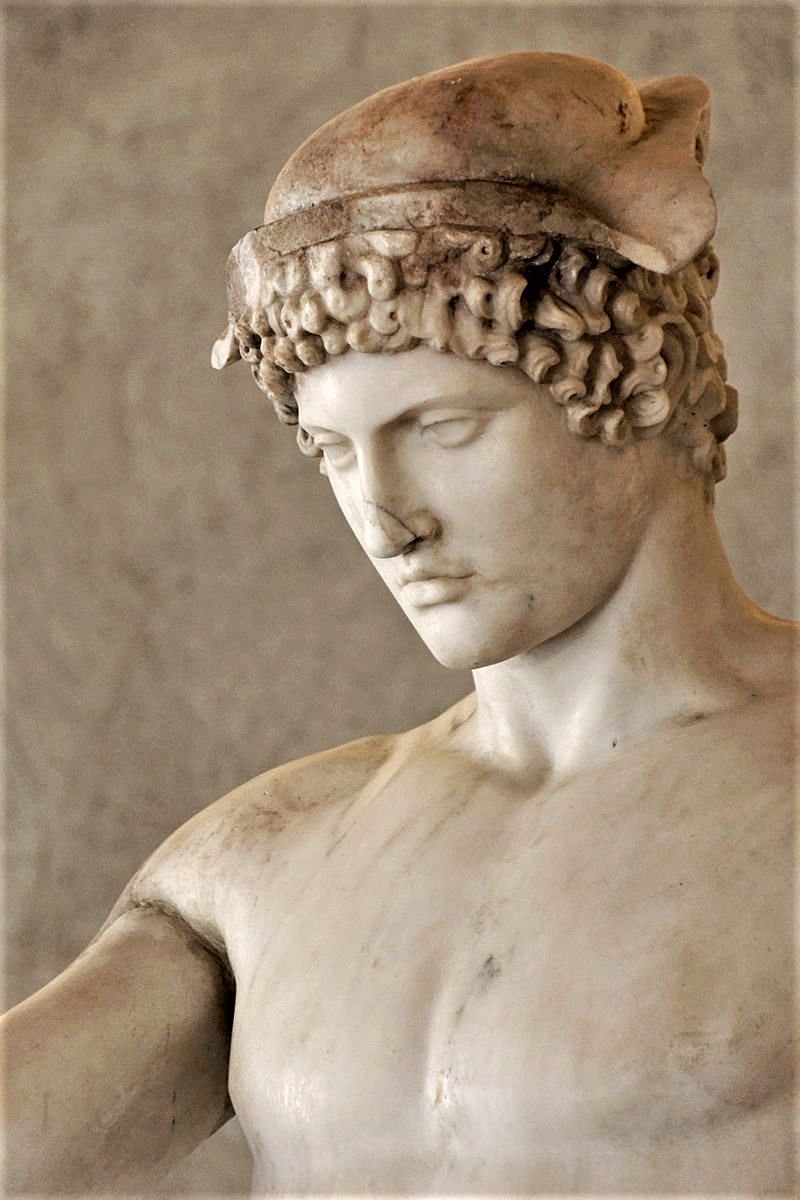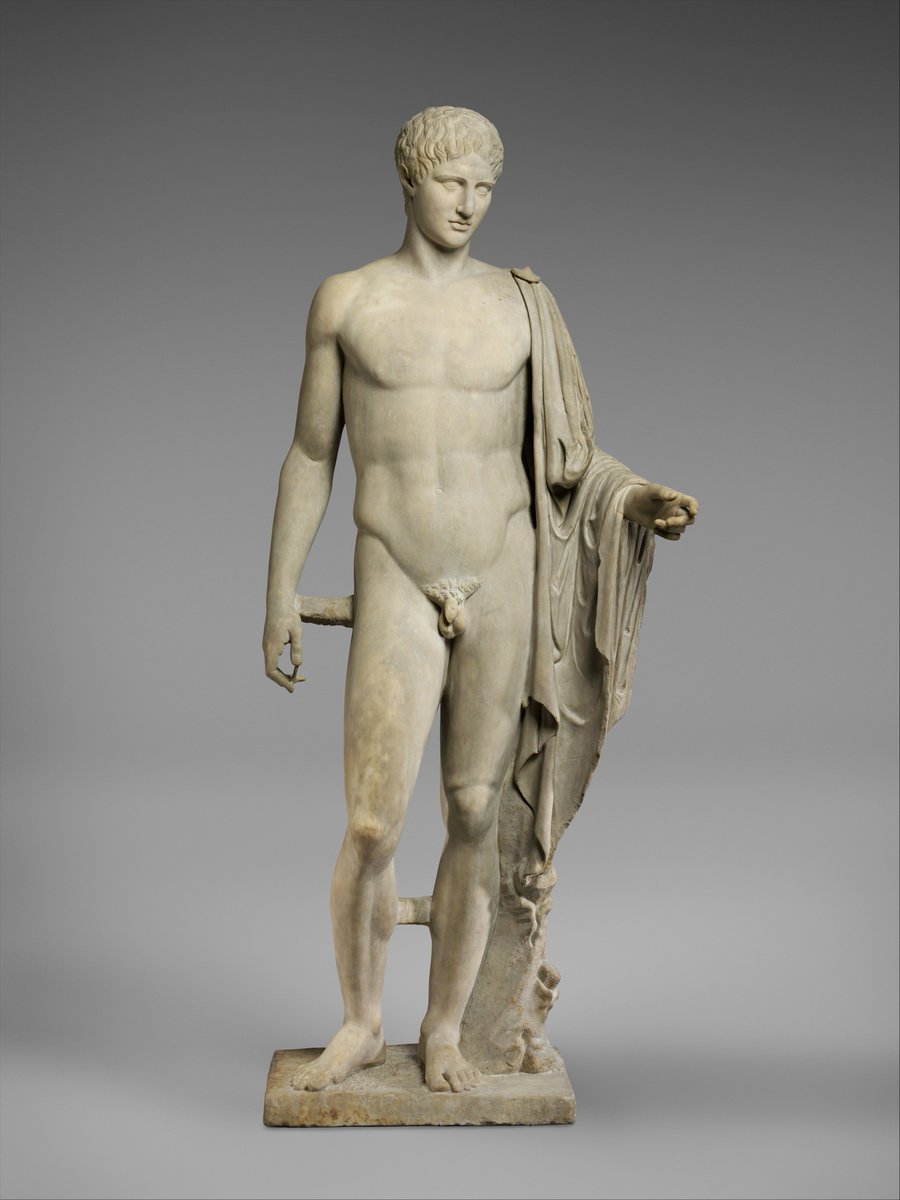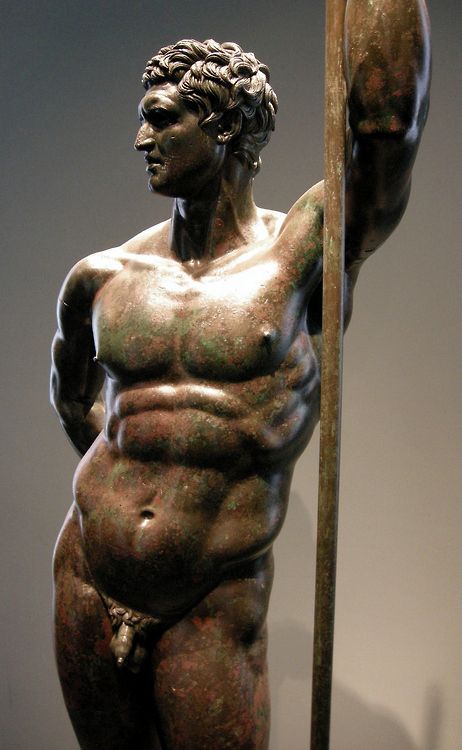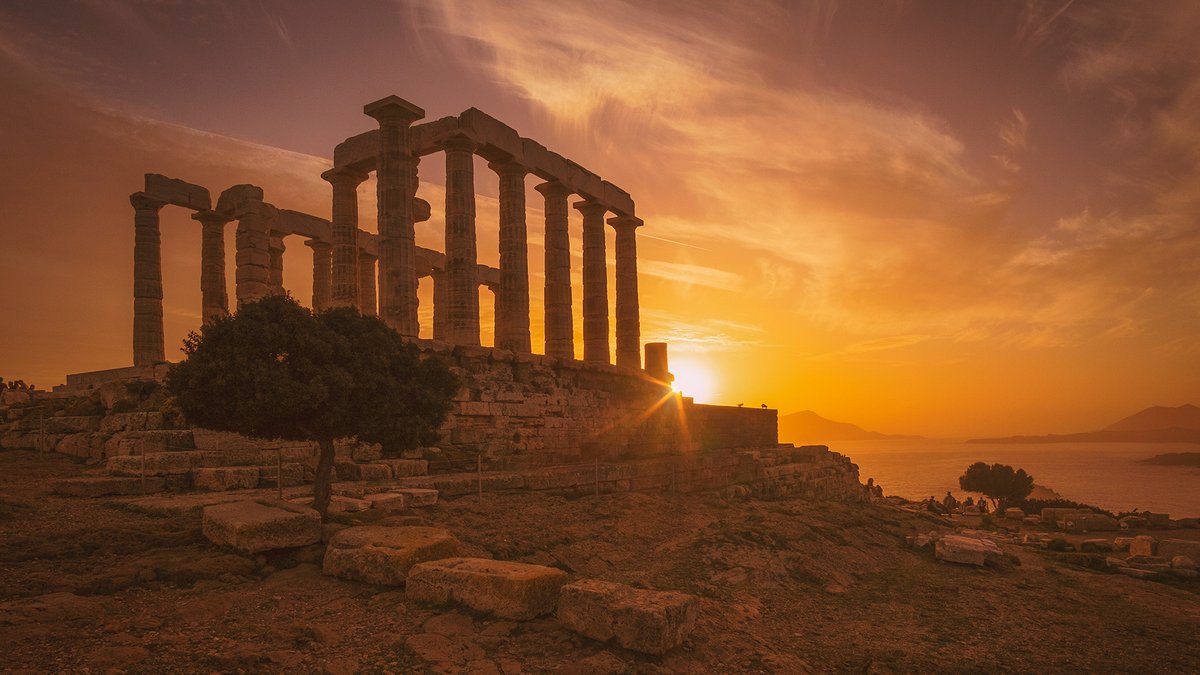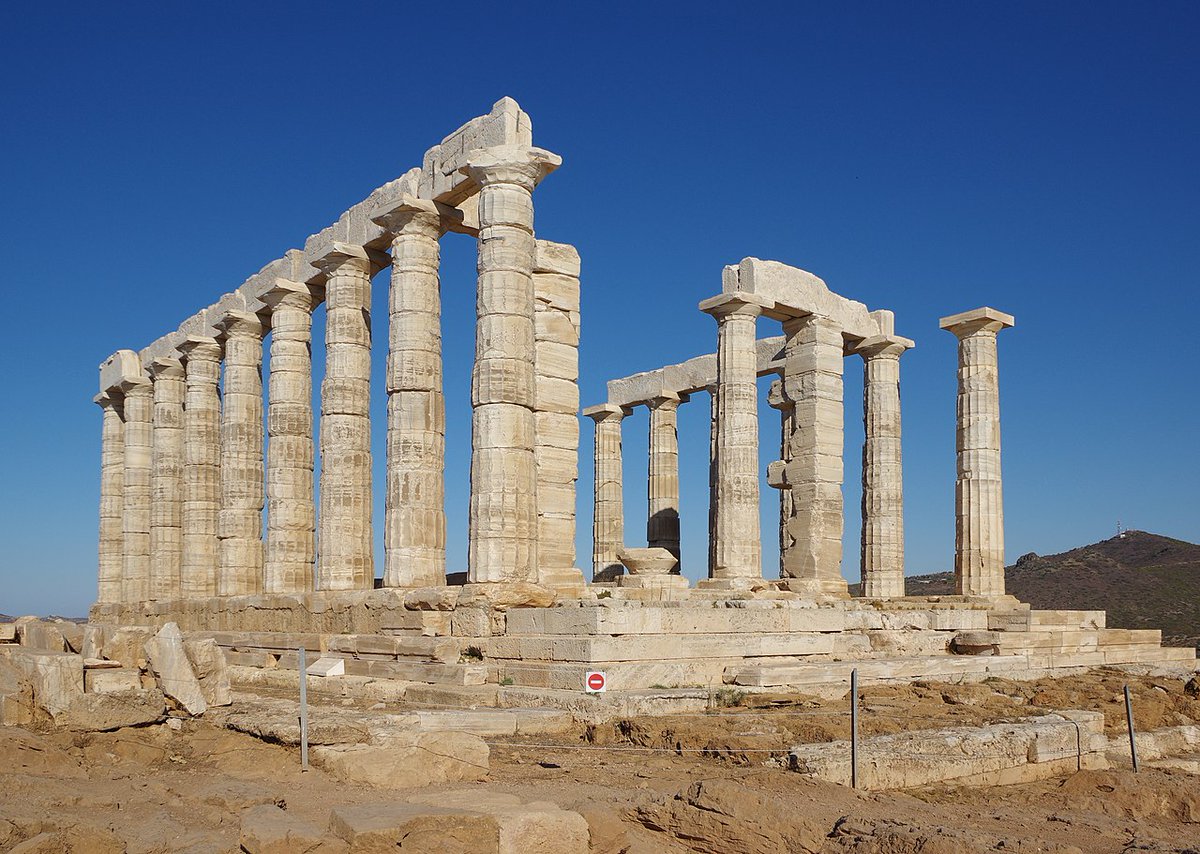
(1/3) This incredibly detailed gold #Byzantine wedding ring is our #ArtefactOfTheDay.
Produced c. 7th century CE, the bezel depicts the bride and groom being crowned by the haloed figures of Jesus and Mary. Beneath them is the word: "Harmony".
#Classics #Christian #History #Art
Produced c. 7th century CE, the bezel depicts the bride and groom being crowned by the haloed figures of Jesus and Mary. Beneath them is the word: "Harmony".
#Classics #Christian #History #Art

(2/3) Remarkably, the exterior of the ring is also heavily inscribed with seven scenes from Jesus's life in chronological order, from the Annunciation to the Resurrection.
A personalised wish by the married couple is also featured: “Lord, help thy servants, Peter and Theodote".


A personalised wish by the married couple is also featured: “Lord, help thy servants, Peter and Theodote".



(3/3) The edges of the bezel also feature a verse from the #Gospel of John (14:27) that asks God to grant the newlyweds peace.
The ring testifies not only to the intimacy of the couple, but of their steadfast devotion to #God on a small, personal level.
#Religion #Gold #Church
The ring testifies not only to the intimacy of the couple, but of their steadfast devotion to #God on a small, personal level.
#Religion #Gold #Church

This truly stunning piece resides with @DumbartonOaks.
@threadreaderapp Unroll this thread please!
• • •
Missing some Tweet in this thread? You can try to
force a refresh




